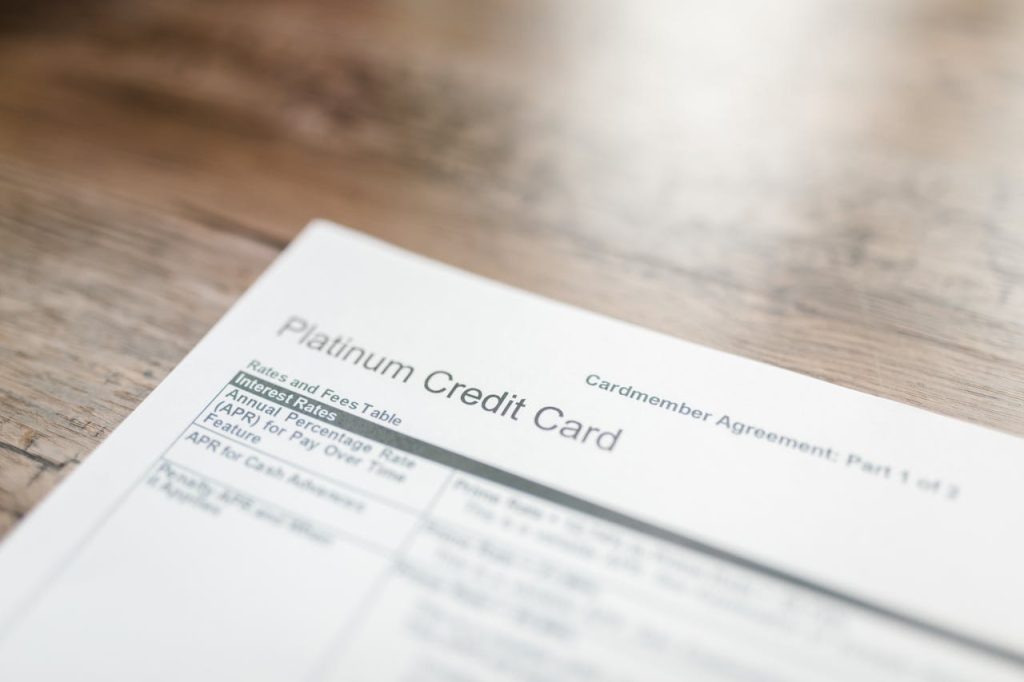
Image source: pexels.com
It’s easy to overlook the small charges that sneak into our daily routines. Yet, these everyday fees can quietly drain your bank account over time. Many people don’t realize how much is leaving their wallets each month because the amounts seem minor on their own. But when you add them up, these fees can easily reach thousands of dollars a year. Understanding how everyday fees accumulate is crucial for anyone who wants to keep more of their hard-earned money. Let’s break down where these fees come from and how you can spot them before they take a toll on your finances.
1. Bank Account Maintenance and ATM Fees
Bank fees are everywhere, from monthly maintenance charges to out-of-network ATM withdrawals. These charges are often buried in your statements and can be easy to miss if you don’t check regularly. A few dollars here and there may not seem like much, but over a year, they can total hundreds of dollars. For example, a $12 monthly account fee adds up to $144 annually. Add a couple of $3 ATM fees each month, and that’s another $72 per year.
These everyday fees are especially common if you have multiple accounts or use ATMs outside your bank’s network. To avoid them, check your bank’s fee schedule and consider switching to a no-fee account or using only in-network ATMs.
2. Subscription Services You Forgot About
Subscription fees are a perfect example of how everyday fees add up without notice. Streaming services, cloud storage, apps, and even gym memberships can quietly renew each month or year. Many people sign up for free trials and forget to cancel before the billing period begins. Some subscriptions cost just $5 or $10 monthly, but if you have several, they can easily reach $50 or more each month—over $600 per year.
Take the time to review your credit card and bank statements. Cancel subscriptions you no longer use. There are also services that help track and manage recurring charges, so you don’t pay for what you don’t need.
3. Credit Card Interest and Late Payment Fees
Carrying a balance on your credit card means paying interest—an everyday fee that can add up fast. Even a small balance with a high interest rate can cost you hundreds yearly. For instance, a $2,000 balance at 18% APR costs about $360 in interest per year if you only make minimum payments. Add in late payment fees, which can be $30 or more each time, and the total climbs quickly.
To avoid these everyday fees, pay your balance in full each month and set up automatic payments. If you’re struggling with debt, consider a balance transfer to a lower-interest card or work with a nonprofit credit counselor.
4. Cell Phone and Internet Overages
Data overages, international calls, and roaming charges can catch you off guard. Cell phone and internet providers are notorious for tacking on extra fees when you exceed your plan’s limits. Although these everyday fees may seem small per use, repeated overages can add up to hundreds of dollars each year.
Review your usage regularly and adjust your plan if needed. Many providers offer alerts when you’re nearing your limit. Taking a few minutes to monitor your account can make a big difference over the long run.
5. Convenience Fees for Online Payments
Many companies charge a small “convenience fee” when you pay bills online or by phone. Utility companies, ticketing websites, and even some government agencies add these extra charges. While a $2 or $3 fee may seem minor, if you pay ten bills a month this way, that’s $20-$30 monthly—or $240-$360 per year.
Whenever possible, use payment methods that don’t incur extra charges. Set up direct payments from your bank or mail a check if it’s free. These steps help you avoid unnecessary everyday fees that add up over time.
6. Hidden Travel and Hotel Fees
Travel is another area where everyday fees can pile up. Airlines charge for checked bags, seat selection, and even snacks. Hotels may tack on “resort fees” or extra charges for Wi-Fi and parking. Individually, these fees are manageable, but a family vacation can easily include hundreds of dollars in unexpected costs.
Before booking, read the fine print and ask about all potential fees.
7. Everyday Retail and Service Fees
Retailers and service providers often add small fees you might not notice. Examples include bag fees at grocery stores, service charges at restaurants, or processing fees for tickets and events. While these everyday fees seem insignificant, if you encounter them regularly, they add up fast.
Be mindful of where fees are applied. Some businesses offer discounts for paying cash or using their loyalty programs. Over time, small adjustments can help you keep more money in your pocket.
Small Fees, Big Impact: How to Take Control
Everyday fees have a sneaky way of draining your finances, often without you realizing it. By paying attention to the small charges on your bank, credit card, and service accounts, you can avoid letting these everyday fees add up to thousands over time. Take a few minutes each month to review your statements and question any unfamiliar charges. This simple habit can save you a significant amount in the long run.
Want more tips on managing your money and avoiding hidden charges?
Have you ever discovered everyday fees that surprised you? Share your story or your best tip for avoiding hidden charges in the comments below!
What to Read Next…
- Are These 7 Little Expenses Quietly Costing You Thousands a Year?
- 7 Hidden Fees That Aren’t Labeled as Fees at All
- Are Automatic Renewals Draining More Than You Realize?
- 6 Monthly Bills You Should Cancel Immediately Even If You Can Afford Them
- 5 Invisible Service Charges Eating Into Your Bank Balance

Travis Campbell is a digital marketer/developer with over 10 years of experience and a writer for over 6 years. He holds a degree in E-commerce and likes to share life advice he’s learned over the years. Travis loves spending time on the golf course or at the gym when he’s not working.
Leave a Reply